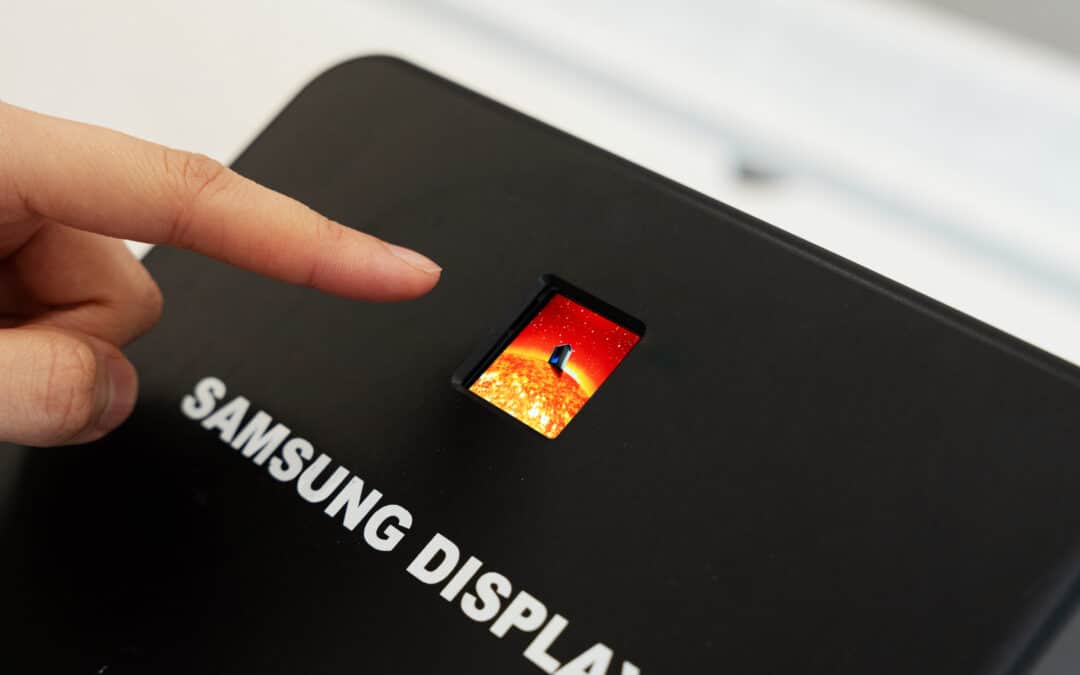While Samsung is desperately trying to clear Nvidia’s qualification test for its HBM3E AI chips, the Korean firm has already started development of its sixth-generation HBM4 chips. The goal is to gain a foothold in the HBM market after failing to capitalize on the AI boom early on. The company appears to be on track to achieve this goal, as it has reportedly achieved over 40% yield in HBM4 logic die tests. It may soon start the mass production of its HBM4 chips.
Samsung secures over 40% yield in HBM4 logic die tests
With the increasing demand for AI computing and high-performance computing (HPC), the HBM market is growing rapidly. However, Samsung has been struggling in this market — its competitor, SK Hynix, is currently the global leader in this space. The major reason behind it is that SK Hynix is supplying its 8-layer and 12-layer HBM3E chips to NVIDIA.
According to a report from a Korean outlet, Chosun, the test production yield of the logic die using Samsung’s 4nm process has exceeded 40%. The logic die serves as the brain of the HBM4 chips.“A 40% initial test production yield means that it is a favorable figure to immediately push forward with the business. Typically, foundry processes start in the 10% range and yield increases through mass production,” an industry insider told the publication.
As the HBM4 logic die uses advanced foundry processes, it improves chip performance, allowing the manufacturer to design customized HBM chips based on client requests.
Equipped with 1C DRAM and logic die
It is worth noting that getting success on HBM4 logic dies alone is not enough for Samsung — it needs to work on its sixth-generation 1c DRAM and packaging process. The HBM4 12-layer product will combine 1c DRAM with the logic die. While SK Hynix is using the previous generation 1b DRAM for HBM4, Samsung is using 1c DRAM, which gives it an advantage in HBM4 performance.
Speaking of the packaging process, Samsung uses a different method than SK hynix. It uses ‘advanced thermal compression non-conductive adhesive film (TC-NCF)’ technology. However, this method might face difficulties in controlling heat generation. “Samsung Electronics has a task ahead to stabilize the DRAM used in HBM and the technology for packaging it,” an industry insider told the publication.
It will be interesting to see how Samsung attracts major clients like NVIDIA with its HBM4 chips, and if it will lead the HBM market in the coming years.






